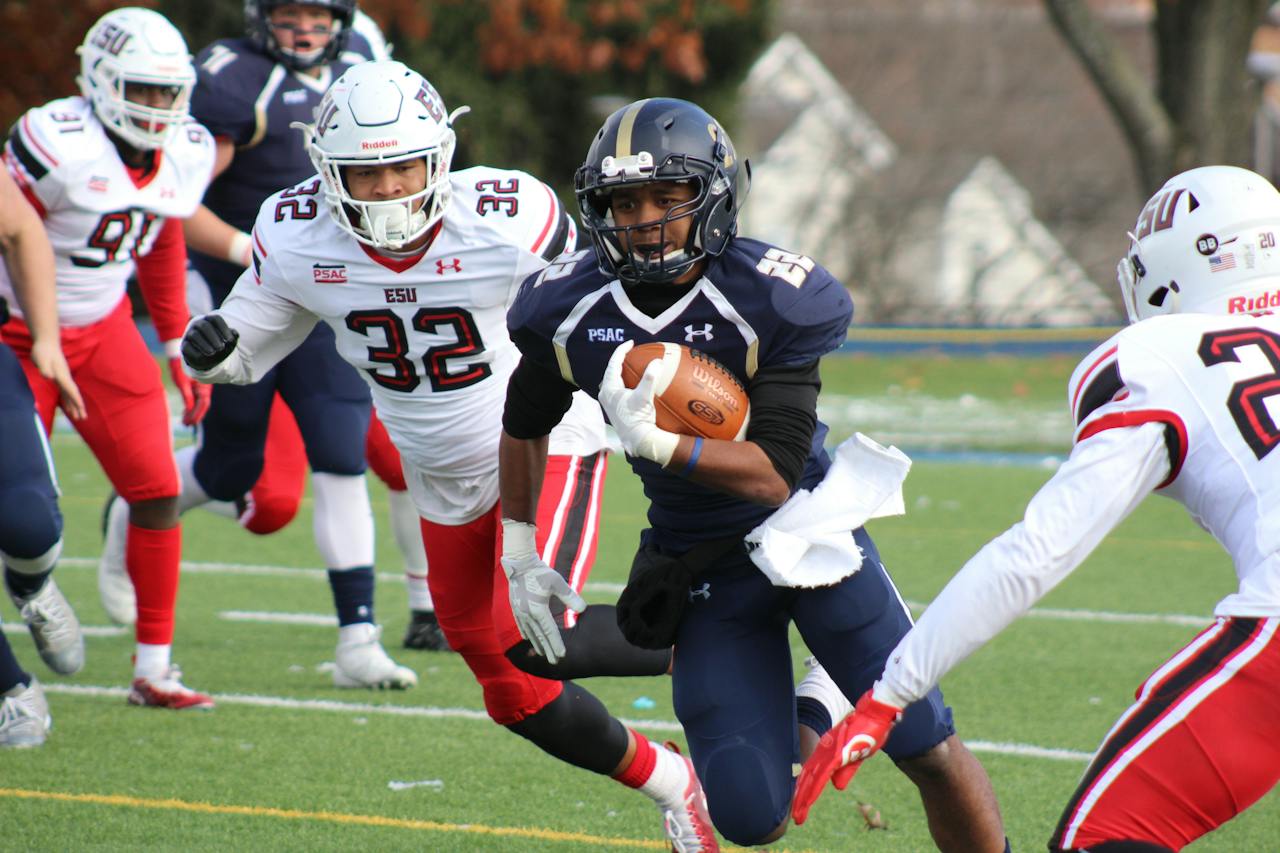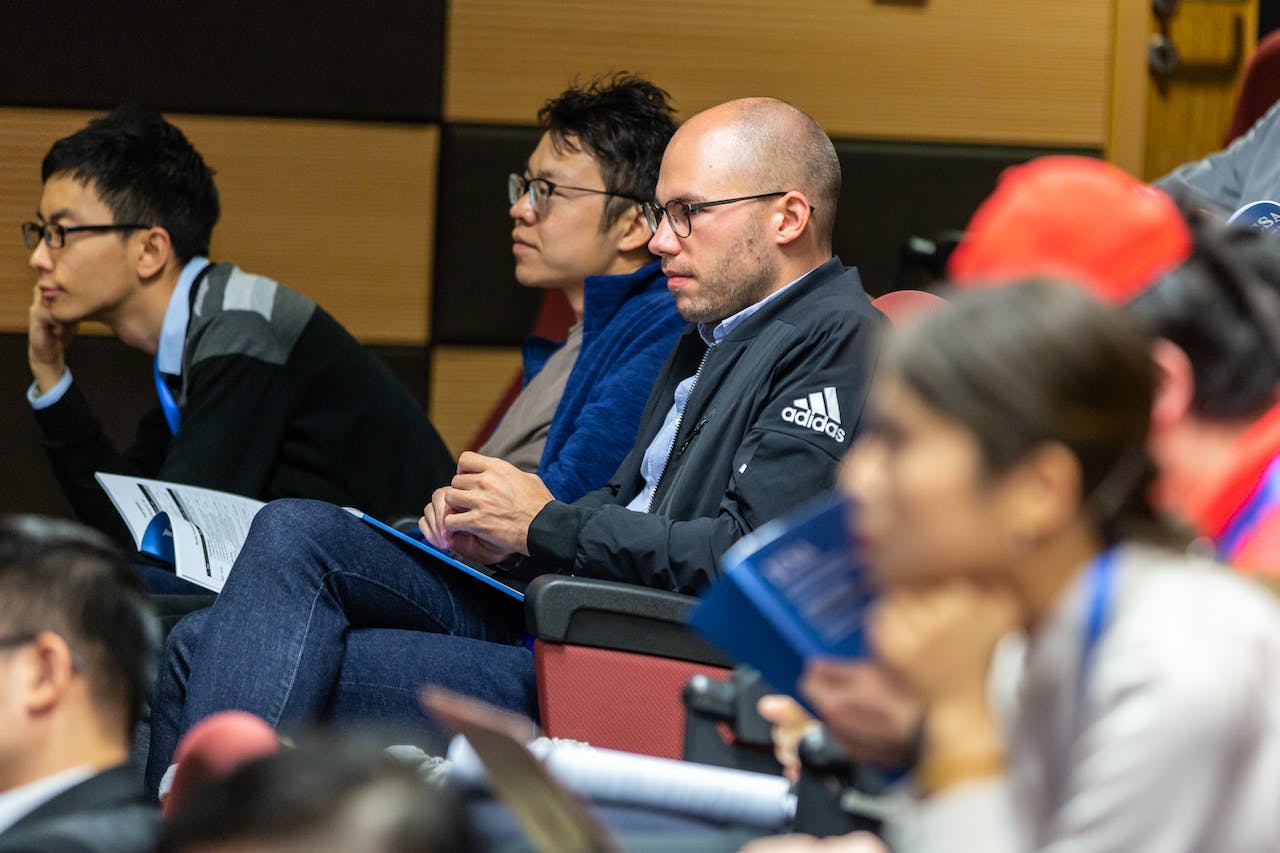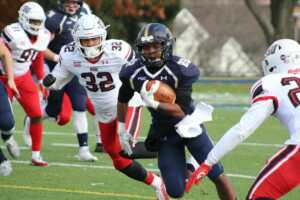
Navigating the New Era: A Comprehensive Analysis of NCAA Name, Image, and Likeness (NIL) Rules in College Athletics
- Last Updated - 04/14/2024 - 11:54 AM
- Study in USA

The tectonic shift in the landscape of college athletics came in 2021 with the advent of Name, Image, and Likeness (NIL) rights for student-athletes, Comprehensive Analysis of NCAA. This groundbreaking change has given athletes the autonomy to leverage their personal brands for financial gain, creating a complex and dynamic environment. In this article, we will delve into the current state of NCAA NIL rules in the US, examining key principles, challenges, and considerations, and exploring the evolving landscape as universities and athletes adapt to this new era.
Learn more about our Top 10 Best Universities in USA 2024
Key Principles:
- Athlete Autonomy:
- The introduction of NIL rights has granted student-athletes unprecedented autonomy over their personal brands. This empowerment allows them to capitalize on their athletic achievements and build their own financial futures.
- State-by-State Compliance:
- NIL regulations vary from state to state, creating a patchwork of rules that can be challenging for athletes and universities to navigate. Compliance with state laws is crucial, and universities must ensure their athletes adhere to the specific guidelines in their respective states.
- No Direct Compensation:
- Despite the newfound opportunities for athletes to profit from their NIL, the NCAA maintains its prohibition on universities directly paying players for their athletic performance. This distinction aims to preserve the distinction between amateur and professional athletes.
- Pay-for-Play Prohibited:
- NIL deals must not be contingent on an athlete’s performance or their choice of school during recruitment. This rule prevents schools from indirectly paying players and ensures a fair playing field in college sports.
- Transparency and Reporting:
- Athletes are required to report their NIL activities to their universities, facilitating compliance with both NCAA and state regulations. This transparency is crucial for maintaining the integrity of college athletics.

Challenges and Considerations:
- Uneven Playing Field:
- The variance in state laws has created an uneven playing field, potentially giving athletes in states with more relaxed regulations a competitive advantage. This disparity poses challenges for both athletes and universities striving for fairness in collegiate sports.
- Boosters and Pay-to-Play Concerns:
- Concerns linger regarding wealthy boosters exploiting NIL deals to influence athlete recruitment, potentially violating the pay-to-play rule. Striking a balance between genuine endorsement opportunities and undue influence remains a challenge for regulatory bodies.
- Financial Literacy and Exploitation:
- Athletes, particularly those from disadvantaged backgrounds, may face challenges in navigating the complex world of NIL deals. The potential for exploitation exists, emphasizing the need for robust financial literacy programs and support mechanisms.
- Impact on Team Dynamics:
- As athletes explore NIL opportunities, concerns arise about potential hierarchies forming within teams. This dynamic could affect team chemistry, creating a delicate balance between individual empowerment and maintaining the collaborative spirit of collegiate sports.
Moving Forward:
- Evolution of NCAA NIL Landscape:
- The NCAA NIL landscape is still in flux, with potential amendments to rules and additional state legislation on the horizon. The evolving nature of these regulations necessitates constant adaptation from universities, athletes, and governing bodies.
- University Adaptations:
- Universities are taking proactive measures to equip their athletes with the necessary resources and education. Initiatives focusing on financial literacy, understanding the legal aspects of NIL deals, and navigating the commercial world are becoming integral parts of collegiate athlete development programs.
- Balancing Act:
- The future of NIL in college athletics presents a delicate balancing act between empowering athletes and preserving the core values of collegiate sports. Striking the right balance ensures fair competition, prevents exploitation, and upholds the integrity of the amateur athlete model.
Conclusion:
As the NCAA NIL landscape continues to evolve, it brings forth a new era in college athletics filled with both opportunities and challenges. Student-athletes now have the chance to capitalize on their talent and hard work, but ensuring fair competition, preventing exploitation, and upholding the fundamental values of collegiate sports remain crucial concerns. Finding the right equilibrium between athlete empowerment and preserving the essence of amateurism will be key in shaping the future of college athletics in the era of NIL.
You might like these..
Randomly chosen articles that you might like.

Cultivating Change: The Vital Role of Universities in Promoting Sustainability and Environmental Consciousness
Universities play an integral role in shaping the beliefs behavior, values, and behaviors of the next generation. In an age of

Best Data Science Course Online in India 2024
Introduction: Data is now the currency of innovation and progress in the age of digitization. A record of every transaction, click,

The Pinnacle of Education: Why USA Universities Stand Out Globally!
In the vast landscape of higher education, USA universities emerge as beacons of excellence, attracting students from every corner of

Choosing the Best University in USA: A Guide to Select the Top USA Universities.
Choosing the best University in USA is a crucial choice that will have a big impact on your educational journey

How to Apply to Any University in USA, Super easy, very simple, and effective.
You can successfully navigate the application process to University in USA with a little planning and attention. Here is a guide

Anyone from India can apply to USA Universities. Yah! It’s easy.
Yes, individuals from India can certainly apply to USA Universities. The application process for U.S. universities can be competitive and

USA Universities are great in terms of Sports as well as education. Yes, You heard it right!
The perception that USA Universities are great in terms of education and sports is shaped by several factors. Here are

Best Universities in USA, You can apply. Yes, it’s correct.
Determining the Best Universities in USA can depend on various factors such as academic programs, faculty expertise, resources, location, and

USA Universities are not good, Is this correct? discuss.
USA Universities are home to many prestigious universities and research institutions that are globally recognized for their academic excellence and

How to apply at Top Universities 2023, follow these steps.
Applying to Top Universities 2023 in USA typically involves several steps. Here’s a general guide to help you through the

You should not do this If you get a chance to USA university. Try them now!
Starting university in a new country, especially the United States, can be an exciting but challenging experience. Here are some

Most Common Mistakes while searching for a new University in the USA, Stay Safe.
While searching for University in the USA, students may make common mistakes that can impact their decision-making process and overall

Why does everyone blindly trust Universities in USA?
While it may not be accurate to say that everyone blindly trusts Universities in USA, there are several reasons why

USA Universities are not good! Says the expert, is that correct?
Certainly! Here’s a more detailed exploration, broken down into Reality of USA Universities, to provide a comprehensive understanding of the

Why and how USA universities become so Popular? Something wrong here.
The popularity of USA Universities can be explained in simple terms through a variety of factors. Let’s break it down:

New Academic Updated! USA Universities are not evolving?
USA Universities are constantly innovating and developing new academic programs to meet the evolving needs of students and the demands




